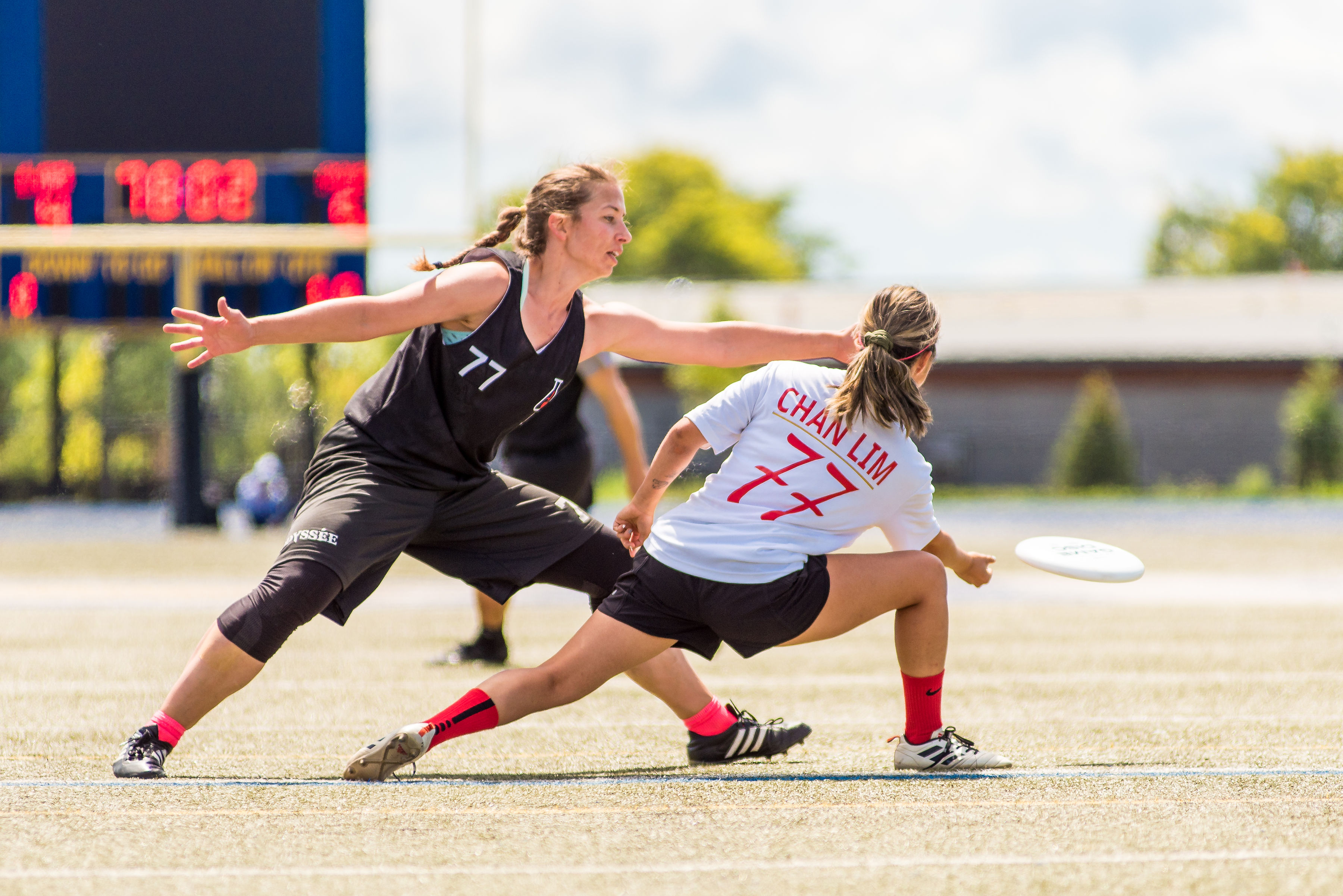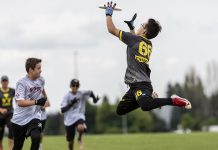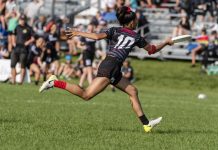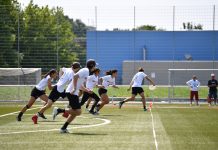Ultimate Canada Magazine – March 10, 2020.
Written by: Daniel Galati, HSP Assistant Coach
Edited by: Mike Haddock, HSP Head Coach
The following is the second in a 4-part blog series about designing a High Performance Program for Ultimate Athletes. In this series, we will explore critical foundational exercises within Strength, Plyometrics, Agility, and Stability/Accessories, and provide some insight on our programming. Please note, there are risks associated with any exercise and should be considered carefully for any athletic program. Consult individually with a professional as needed.
Why should Stability Be Developed During the Offseason?
When determining the best program for an athlete, you need to take into consideration the ‘global’ or macro view of the program. What else are they doing in the program? For many athletes, traditional strength development is bilateral in nature (and we identified why in Part 1 of this series). These movements take place primarily in the sagittal plane, so it becomes even more important to add in work that takes place in either the frontal/transverse planes or is unilateral in nature.
Additionally, there is no doubt that hammering away on a bunch of back squats, deadlifts and cleans has the potential to get you strong (in the short term), but doing so carelessly also carries an inherent risk of injury. An increase in strength is largely dictated training volume, daily/weekly recovery, and our intensity/progression over time (ie., progressive overload). Bilateral barbell movements do induce a large growth stimulus, but they are also axially loaded and extremely taxing on the central nervous system, which ultimately means that the recovery process is longer and more difficult. By removing some excessive volume on these lifts and replacing them with accessory exercises, we are able to strategically (and more safely) challenge a muscle or movement pattern while simultaneously decreasing the recovery demands needs later on.
Finally, we should also discuss that developing muscular hypertrophy or strength can be great goals, there is also a place for exercises designed to increase joint stability. Ultimate is a sport that requires running, jumping, throwing and changing direction at various joint angles; not all of which are going to be naturally stable or controlled. If we can strategically challenge and engage the muscles and movements that are prone to injury, an athlete should take these new found positions and skills with them to the field.
Key Offseason Accessory Exercises
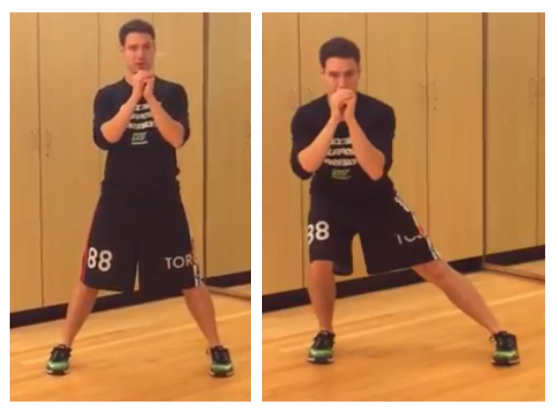
Movement #1 – Lateral Lunge
The Lateral Lunge introduces a key frontal plane foundation movement, while challenging the quads, glutes and hamstrings and calves in loaded fashion. It also challenges the adductors and glutes to create hip stability in the loaded leg, which means challenges may occur if the adductors are tight/overactive. Be mindful of valgus in the loaded leg.
Want to learn more? Check out our Lateral Lunge video.
Movement #2 – Single Leg Deadlift (SLDL)
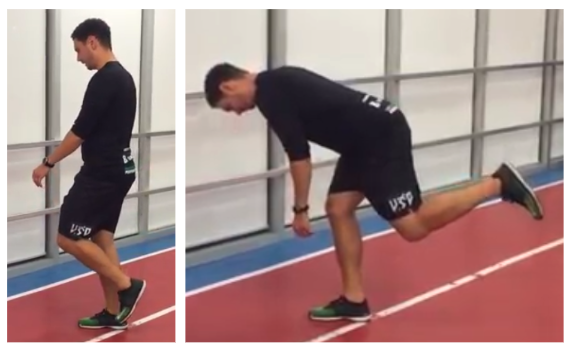
The SLDL is a unilateral movement that challenges the glutes, hamstrings, balance, and torso anti-rotation components. Start with a slight bend in the loaded (ground-based) leg, then start to hinge at the hips until a stretch is felt in the hamstring. Aim to ‘float’ the unloaded leg back/behind you as you hinge in order to act as a ‘counterbalance’ and prevent you from falling forward.
When at the bottom of the position, “pull” yourself back to standing by engaging and squeezing the glute and hamstring. Be mindful, try not to let the shoulder or hip of the unloaded side dip below the shoulder/hip of the loaded side.
Want to learn more? Check out our SLDL video.
Movement #3 – Side Plank
The Side Plank is a key torso-stability exercise (for lateral anti-extension) and challenges the entire torso/pelvic musculature, but specifically the internal & external obliques and glutes. When completing the exercise, lift hips using Obliques, and make sure shoulders/hips are in a straight line (‘from ears to ankles’). Additionally, place the elbow underneath the shoulder in order to evenly distribute force. This is a great exercise for keeping position while running or when having to quickly change direction in the frontal plane.
Want to learn more? Check out our Side Plank video.Mike Haddock is the owner of Haddock Sport Performance (HSP), and has been the head Strength & Conditioning Coach for Ultimate Canada. If you would like to learn more about HSP tips, technique, and work; follow Mike Haddock and Daniel Galati on Instagram!
